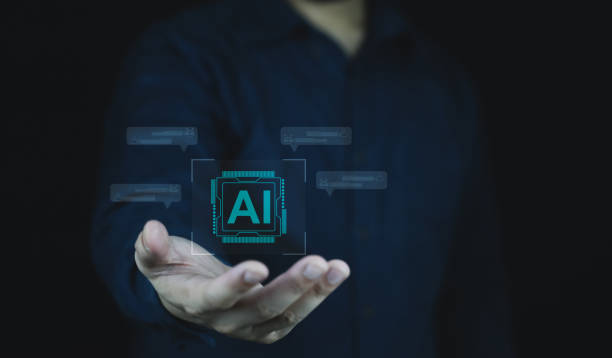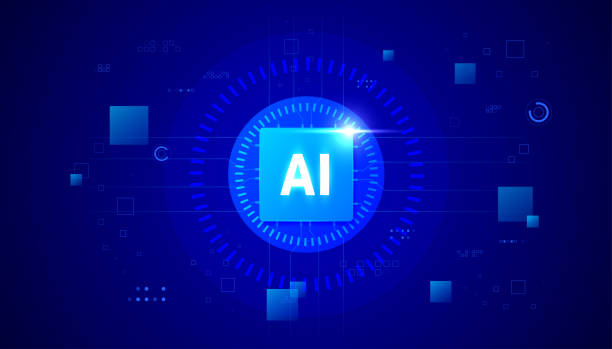What is On-Page SEO and Why Does It Matter?
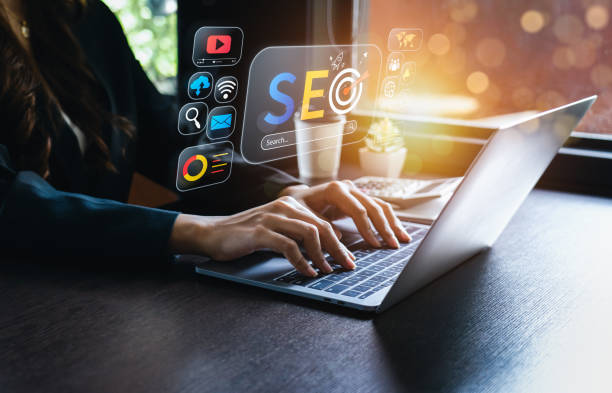
On-page SEO is a set of actions performed within a website to improve the site’s ranking in search engines like Google.
These actions include optimizing content, site structure, HTML tags, and other website-related factors.
The importance of on-page SEO lies in the fact that search engines use these factors to better understand the content of the site and its relevance to user needs.
A website with strong on-page SEO has a better chance of being seen in search results and attracting organic traffic.
In fact, on-page SEO is the foundation of any SEO campaign, and without it, other efforts in off-page SEO will not achieve the desired results.
In other words, imagine you build a very beautiful house in a remote neighborhood.
No matter how beautiful this house is, no one will see it.
On-page SEO is like building a road to this house so that more people can find it.
Therefore, if you want your website to succeed in the competitive world of the internet, optimizing on-page SEO is a necessity.
On-page SEO helps you to focus on different aspects of the site, provide a better user experience for visitors, and consequently, increase your conversion rate and sales.
Does your company’s website create a professional and lasting first impression on potential customers? Rasaweb, with professional corporate website design, not only represents the credibility of your brand but also opens a path for the growth of your business.
✅ Create a powerful and trustworthy brand image
✅ Attract target customers and increase sales
⚡ Get free consultation
Keyword Research and its Role in On-Page SEO

Keyword research is one of the main pillars of on-page SEO.
The purpose of this research is to find the words that users use to search for information related to your business.
By identifying these words, you can produce the content of your site around these axes and increase the chances of being seen in search results.
For keyword research, you can use various tools such as Ahrefs, Ubersuggest, Google Keyword Planner, and Semrush.
These tools help you find search volume, competition, and related keywords.
After finding the appropriate keywords, you should use them strategically in different parts of your site.
These sections include page titles, meta descriptions, headings and subheadings, the main body of the content, and the alternative text of images.
The important point is to avoid overusing keywords, as this can lead to your site being penalized by Google.
Instead, try to write your content naturally and fluently and incorporate keywords intelligently.
Remember that your main goal should be to provide valuable and useful content for users.
If your content is attractive and useful to users, Google will also reward it and improve your site’s ranking.
On-page SEO in this section helps to optimize keywords.
Content Optimization for On-Page SEO and Attracting Audience
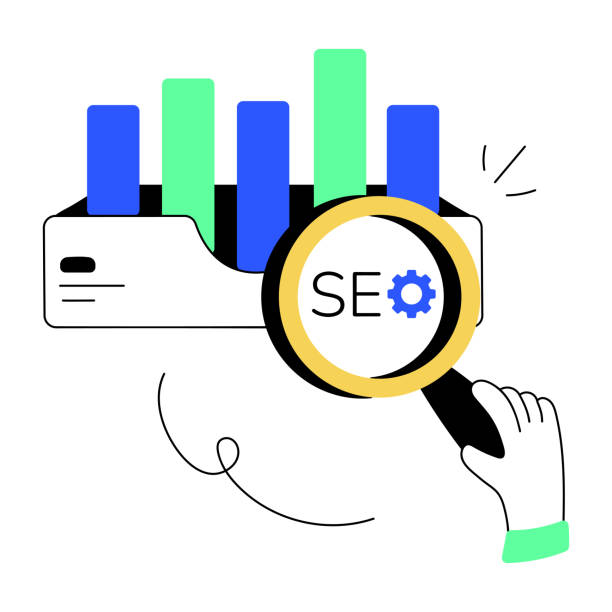
Content is king! You have heard this sentence many times, but what does it really mean? In on-page SEO, content plays a very important role.
High-quality and valuable content not only attracts users but also convinces search engines that your site is a reliable and useful resource.
To optimize content for on-page SEO, you should pay attention to a few points.
Firstly, your content must be unique and original.
Avoid copying content from others, as this can lead to your site being penalized by Google.
Secondly, your content should be comprehensive and complete and answer all the questions and needs of users.
Try to make your content more attractive by using images, videos, and infographics.
Thirdly, your content should be optimized for keywords.
Incorporate keywords naturally and intelligently in different parts of the content.
Fourthly, your content should be readable and understandable.
Use short and simple sentences and avoid using complex and technical terms.
Finally, remember that your main goal should be to provide valuable and useful content for users.
If your content is attractive and useful to users, Google will also reward it and improve your site’s ranking.
On-page SEO without quality content has no value.
| Element | Importance | Description |
|---|---|---|
| Page Title | Very High | Should include the main keyword |
| Meta Description | High | Should be attractive and persuasive |
| Headings (H1-H6) | Medium | Should specify the content structure |
URL Structure and its Impact on On-Page SEO

The URL structure is another important factor in on-page SEO.
A good URL is not only understandable for search engines but also understandable and memorable for users.
To optimize the URL structure, you should pay attention to a few points.
Firstly, the URL should be short and concise.
Avoid using long and complex URLs.
Secondly, the URL should include the main keyword.
Try to put the main keyword of the page in the URL.
Thirdly, the URL should be readable and understandable.
Avoid using meaningless letters and numbers.
Fourthly, the URL should be constant.
Avoid changing the URL of your pages, as this can lead to losing your site’s ranking.
For example, instead of using a URL like `example.com/page123`, use a URL like `example.com/seo-internal`.
This URL is not only short and concise but also includes the main keyword and is understandable for users.
Remember that the URL structure should match the overall structure of your site.
Try to create a hierarchical structure for your site and set the URL of the pages based on this structure.
This helps search engines to better understand the structure of your site and properly index your pages.
On-page SEO helps to optimize the link structure.
Did you know that a poor online store design can drive away up to 70% of your potential customers? Rasaweb transforms your sales with professional and user-friendly online store website designs.
✅ Significantly increase sales and income
✅ Full optimization for search engines and mobile
⚡ [Get Free Consultation from Rasaweb]
Optimizing Images and Videos for On-Page SEO

Images and videos play an important role in attracting users’ attention and increasing their interaction with your site.
But in order for images and videos to help improve your site’s on-page SEO, they must be optimized.
To optimize images, you should pay attention to a few points.
Firstly, use high-quality images.
Blurry and low-quality images affect the user experience.
Secondly, reduce the size of the images.
Large images reduce your site’s loading speed.
Thirdly, use alternative text (Alt Text) for images.
Alternative text helps search engines understand the content of images.
Fourthly, optimize the file name of the images.
Use descriptive names that are related to the content of the image.
For example, instead of using a file name like `IMG_1234.jpg`, use a file name like `seo-internal-guide.jpg`.
To optimize videos, you can use video sharing platforms such as YouTube and Vimeo.
These platforms help you to easily embed your videos on your site and attract more traffic to your site.
You can also use schema markup for videos to provide more information about your videos to search engines.
Remember that images and videos should be related to the content of the page and help provide more information to users.
On-page SEO includes this type of optimization as well.
Internal Linking and its Importance in On-Page SEO
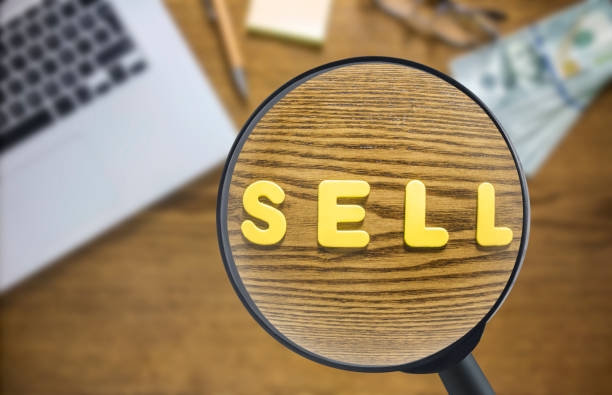
Internal linking refers to the process of creating links between different pages of a website.
Internal linking helps search engines to better understand the structure of your site and properly index your pages.
Also, internal linking helps users to easily navigate your site and find the information they need.
To create effective internal links, you should pay attention to a few points.
Firstly, the links should be related to the content of the destination page.
Avoid creating irrelevant and unrelated links.
Secondly, use appropriate anchor text for the links.
Anchor text is the text that is connected to the link.
Try to use keywords related to the destination page in the anchor text.
Thirdly, place the links strategically on your pages.
Links should be placed in places that are easily visible and clickable.
Fourthly, manage the number of internal links.
Avoid creating too many links on one page, as this can confuse users.
Internal linking is one of the most important factors in on-page SEO and can help improve your site’s ranking in search results.
Successful on-page SEO is achieved with correct link building.
Internal linking also helps to increase the PageRank of important pages on the website.
Optimizing Site Speed and its Impact on On-Page SEO

Site speed is one of the important factors in user experience and on-page SEO.
A site with a high loading speed not only keeps users satisfied but also convinces search engines that your site is a reliable and useful resource.
To optimize site speed, you should pay attention to a few points.
Firstly, use a quality hosting service.
Inappropriate hosting can severely reduce your site’s speed.
Secondly, optimize images and videos.
Large images and videos reduce your site’s loading speed.
Thirdly, use cache.
Cache helps to store static versions of your pages and increases site loading speed.
Fourthly, use a CDN (Content Delivery Network).
CDN helps to distribute the content of your site on different servers and increases the site’s loading speed for users around the world.
Fifthly, optimize your site’s code.
Unnecessary and complex codes reduce your site’s speed.
To check your site’s speed, you can use various tools such as Google PageSpeed Insights and GTmetrix.
These tools help you identify the speed problems of your site and find appropriate solutions to fix them.
On-page SEO has a direct relationship with the high loading speed of the site.
| Factor | Impact on Speed | Optimization Solution |
|---|---|---|
| Image Size | High | Image Compression |
| JavaScript and CSS Codes | Medium | Code Optimization and Minification |
| Server Response | High | Choosing the Right Hosting |
Responsive Design and its Impact on On-Page SEO
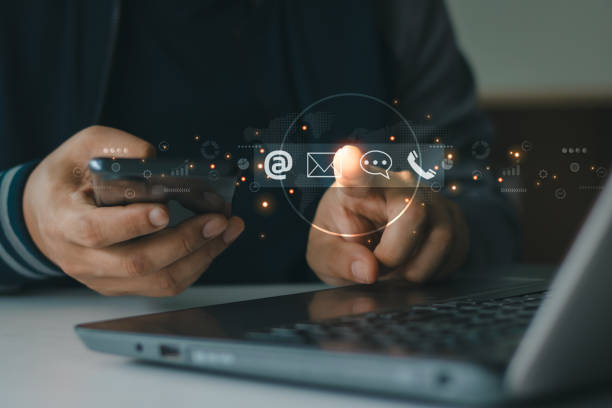
Responsive design means designing a website in such a way that it automatically adapts to the screen size of different devices (such as computers, tablets, and mobiles).
Responsive design not only improves the user experience but also helps to improve your site’s on-page SEO.
Google places websites that have a responsive design higher in search results.
Because Google believes that users should be able to easily use websites on any device.
To create a responsive website, you can use CSS frameworks such as Bootstrap and Foundation.
These frameworks help you to easily create a responsive website.
You can also use media queries in CSS to define different styles for different devices.
For example, you can set the font size, margins, and spacing smaller for mobile devices.
Remember that a responsive website should be fully usable on different devices.
All the elements of the site should be displayed correctly and users should be able to easily interact with the site.
Advanced on-page SEO makes sense with responsive design.
Are you losing business opportunities due to an old website? With Rasaweb, solve the problem of not attracting potential customers through your website forever!
✅ Attract more high-quality leads
✅ Increase brand credibility in the eyes of customers
⚡ Get a free corporate website design consultation
Using Schema Markup to Improve On-Page SEO
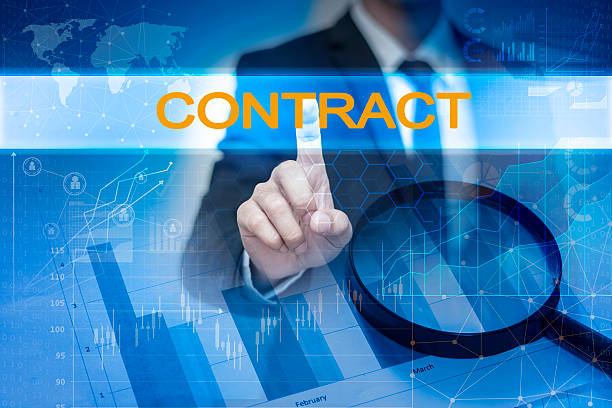
Schema Markup is a code that allows you to provide more information about the content of your site to search engines.
Schema Markup helps search engines to better understand the content of your site and display richer search results to users.
For example, you can use Schema Markup to show information such as a product rating, a product price, the working hours of a business, and upcoming events.
Using Schema Markup can help improve your site’s ranking in search results and increase click-through rate (CTR).
To use Schema Markup, you can use the Google Structured Data Markup Helper tool.
This tool helps you to easily create Schema Markup code for different pages of your site.
After creating the Schema Markup code, you should place it in the
Remember that Schema Markup should be accurate and relevant to the content of the page.
Using false and misleading information can lead to your site being penalized by Google.
On-page SEO benefits from schema markup.
The Schema.org website provides information about this type of code.
Monitoring and Analyzing On-Page SEO Results and Continuous Improvement

On-page SEO is an ongoing process and requires continuous monitoring and analysis.
To make sure that your efforts in the field of on-page SEO are paying off, you should regularly check your results and make the necessary changes if needed.
To monitor and analyze the results of on-page SEO, you can use various tools such as Google Analytics and Google Search Console.
These tools help you to track your site’s traffic, identify the keywords that users use to reach your site, find technical problems on your site, and check your site’s ranking in search results.
Using this information, you can identify the strengths and weaknesses of your site and adjust your on-page SEO strategy accordingly.
Remember that on-page SEO is a trial and error process.
There is no magic formula to reach the first rank on Google.
You must continuously experiment, learn, and improve.
With effort and perseverance, you can achieve the desired results in on-page SEO and increase your site’s organic traffic.
On-page SEO requires patience and follow-up.
To start the SEO process and improve the performance of the site, paying attention to the mentioned points can greatly help.
Frequently Asked Questions
| Question | Answer |
|---|---|
| What is On-page SEO? | On-page SEO refers to a set of actions that are done within your website to improve its ranking in search engine results. This includes content optimization, site structure, and HTML code. |
| Why is on-page SEO important? | On-page SEO helps search engines understand the content of your page and determine whether your content is relevant to searchers. It is the foundation of any successful SEO strategy. |
| What are the key elements of on-page SEO? | Page Title (Title Tag), Meta Description, Keyword Usage, Image Optimization, Heading Structure (H1, H2, …), Internal Linking, and Content Quality are key elements. |
| How to optimize the Page Title (Title Tag)? | The page title should include the main keyword, be attractive and encouraging to click, and be between 50 and 60 characters (or suitable pixels) to be fully displayed in the search results. |
| What role does the Meta Description play in on-page SEO? | Meta Description is a summary of the page’s content that is displayed below the title in search results. Although it does not directly affect ranking, it helps SEO by increasing click-through rate (CTR). |
| What is the importance of using Heading Structure (H1, H2, H3) in on-page SEO? | Headings structure the content of the page and make it easier to read. H1 is usually the main title of the page and should include a keyword. H2 and H3 are used to organize subsections and help search engines understand the hierarchy of content. |
| How to use keywords effectively in content? | Keywords should be used naturally and logically throughout the content, including the introduction, body, and conclusion. Avoid overfilling keywords (Keyword Stuffing). |
| What are the steps involved in optimizing images for on-page SEO? | It includes compressing images to reduce the volume, using descriptive file names, adding appropriate alternative text (Alt Text), and optimizing the title and description of the image. Alt Text is critical for accessibility and helping search engines understand the content of the image. |
| What is Internal Linking and what are its benefits? | Internal linking means creating a link from one page on your website to another page on the same website. This helps users to easily navigate your site, distributes page authority throughout the site, and helps search engines to better understand the structure of your site. |
| What is the importance of content quality in on-page SEO? | Quality content that is accurate, comprehensive, and valuable to users is the cornerstone of on-page SEO. Search engines prefer content that meets users’ needs. Quality content leads to more time spent on the site (Dwell Time) and a reduction in bounce rate, which are positive SEO signals. |
And other services of Rasa Web advertising agency in the field of advertising
Smart UI/UX: Designed for businesses looking for digital branding through key page optimization.
Smart Website Development: A new service to increase campaign management through key page optimization.
Smart Direct Marketing: A new service to increase SEO ranking improvement through Google Ads management.
Smart Website Development: Professional optimization for campaign management using an SEO-focused content strategy.
Smart Digital Branding: A new service to increase campaign management through user experience customization.
And more than hundreds of other services in the field of internet advertising, advertising consulting, and organizational solutions
Internet Advertising | Advertising Strategy | Advertorials
Resources
On-Page SEO Optimization at Moz
,Ahrefs On-Page SEO Guide
,Semrush On-Page SEO Guide
,Neil Patel’s Guide to On-Page SEO
? Are you ready to transform your business in the digital world? Rasaweb Afarin Digital Marketing Agency, by providing comprehensive services including personal website design, SEO, and content marketing, provides innovative solutions for your growth and visibility.
📍 Tehran, Mirdamad Street, next to the Central Bank, South Kazerun Alley, Ramin Alley, No. 6


